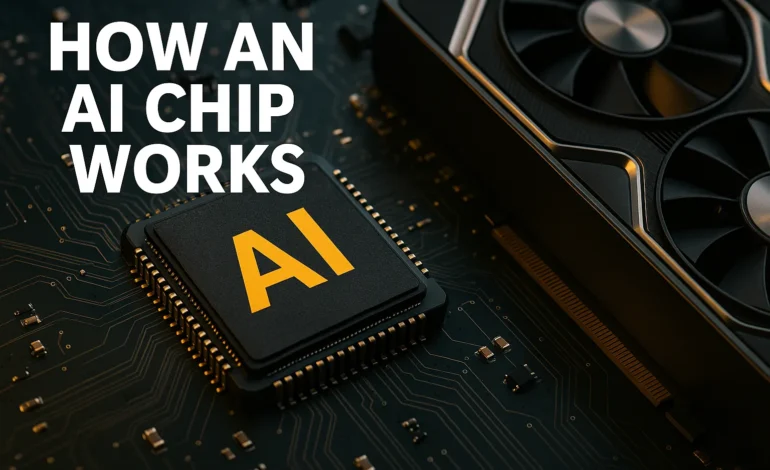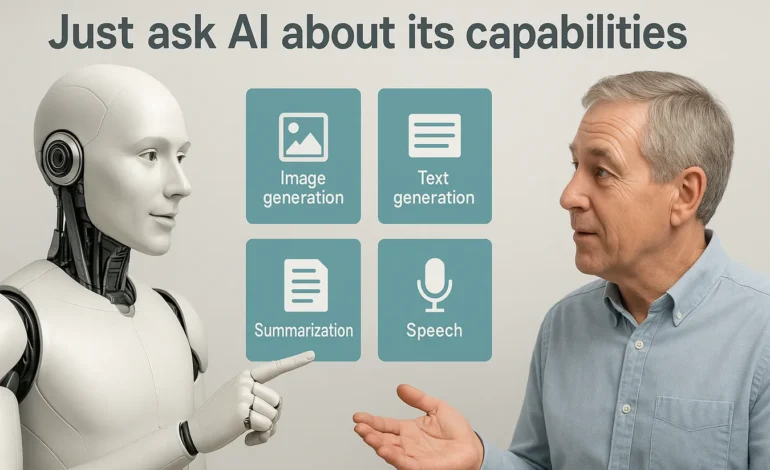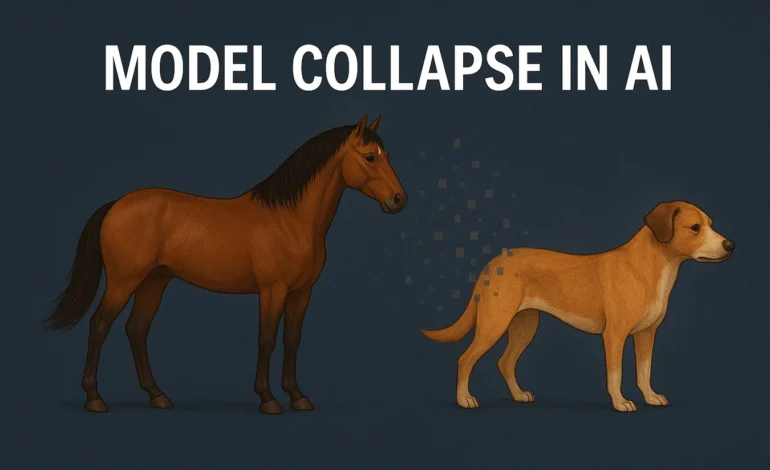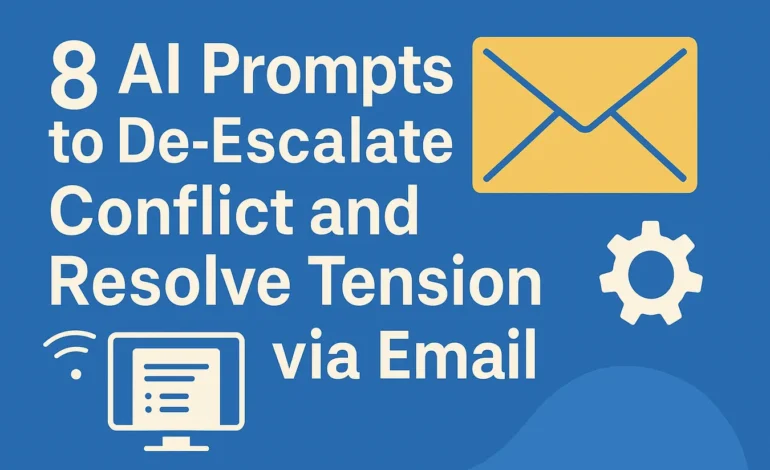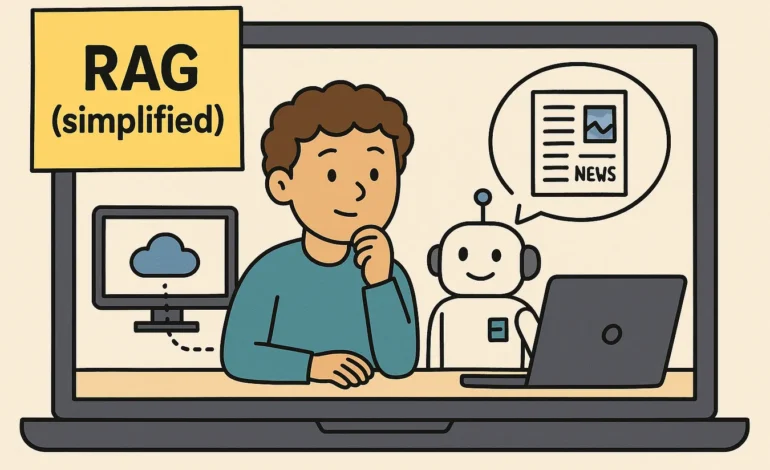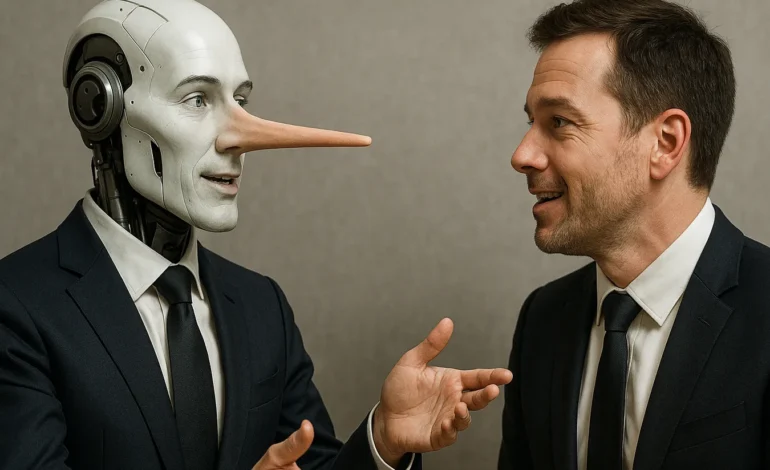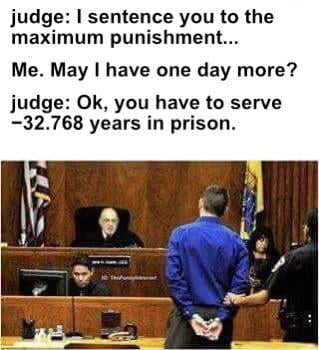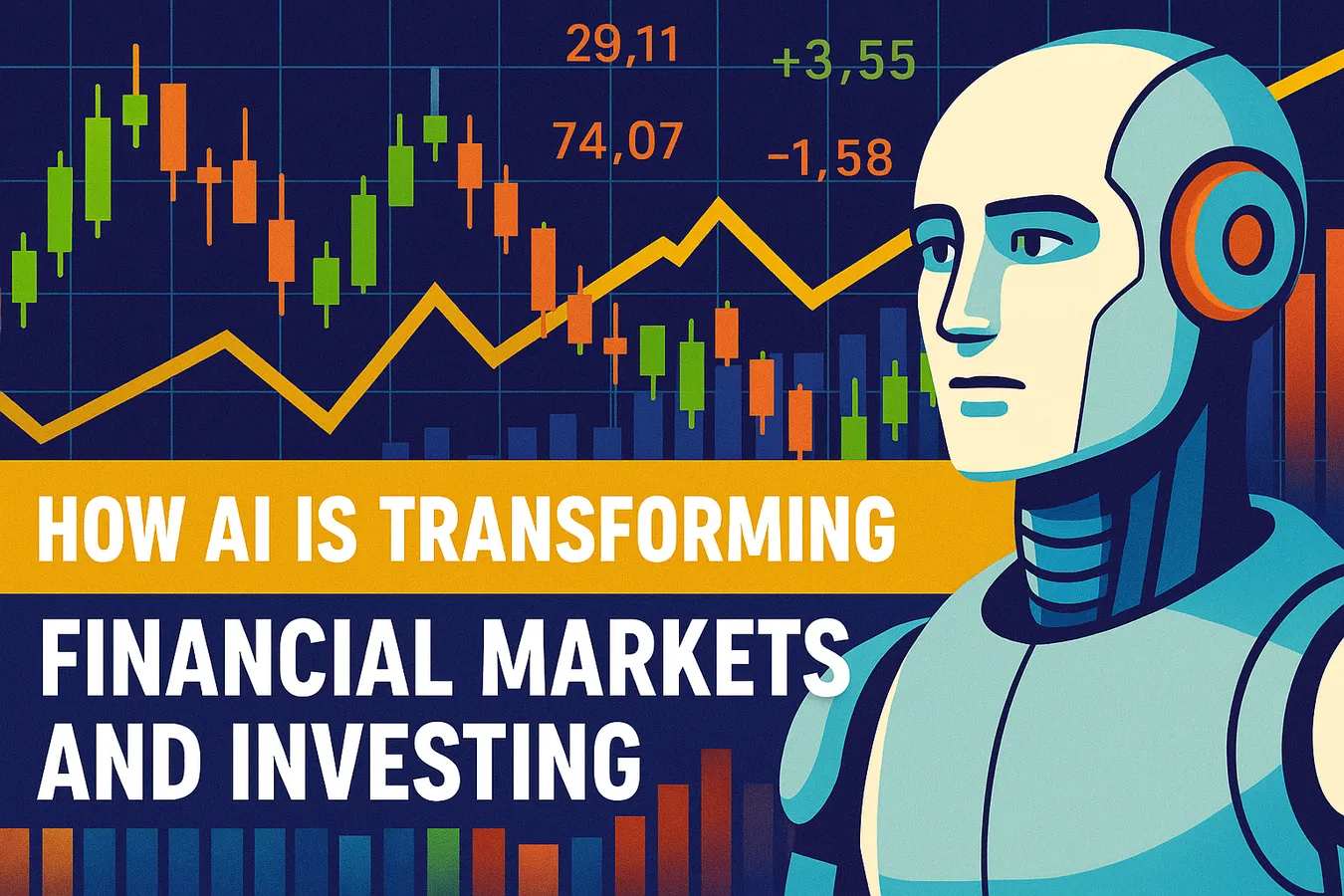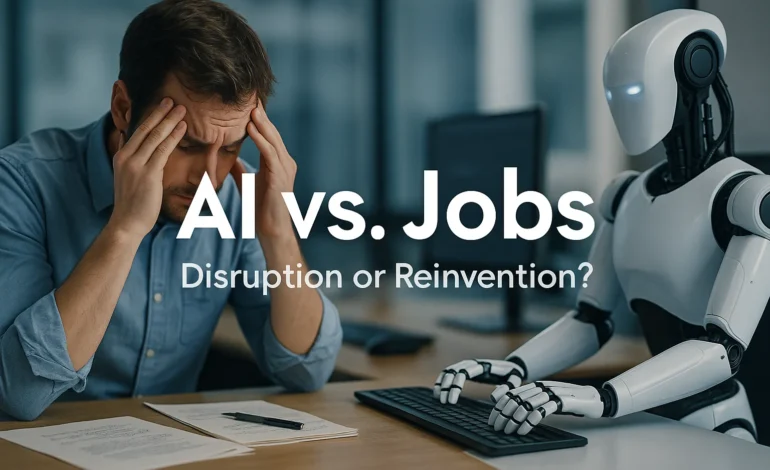
Will AI Replace Our Jobs? The Real Threat of AI Job Automation
The AI Task-Split: Why Automation Now Threatens the Knowledge Economy
From the printing press to the steam engine, every major technological leap has sparked fears of job loss. And in many cases, those fears were justified—at least temporarily. Industrial machines partly replaced and upskilled factory workers, and software automated clerical tasks. But in nearly every case, new jobs emerged alongside the old ones, often requiring different skills and offering higher productivity. So if you searched for this article because you are afraid, you don’t have to.
That historical pattern has shaped how we talk about automation today: disruption, followed by adaptation. But with artificial intelligence, many economists, workers, and even technologists sense that something is different this time. And they’re not wrong to ask: what if this wave doesn’t follow the old script?
In 1800, over 70% of Americans worked in agriculture. By 2020, that number was under 2%. The jobs didn’t disappear—they shifted into industry, services, and knowledge work. The fear now is that AI might automate the very sectors people previously shifted into, meaning there’s nowhere left to go.
AI’s New Target: Replacing Minds, Not Muscle
Unlike machines that replaced muscle, AI threatens to replace minds. It can generate text, write code, review contracts, create images, and analyze data. In other words: it targets the “knowledge economy” itself—an area previously seen as automation-proof. That distinction changes not just the economics, but the psychology of job loss. White-collar workers, long shielded from disruption, are suddenly in the crosshairs, facing a challenge that requires an intellectual, not physical, evolution.
And the timeline isn’t decades away. It’s already started. From automated news writing to AI-powered legal research, the tools are being quietly integrated into everyday workflows—sometimes supplementing, sometimes replacing. This shift is happening on a task-by-task basis, often below the radar of official employment statistics.
So where is AI having the biggest impact today? Not in entire professions, but in specific tasks. A graphic designer still conceptualizes campaigns—but AI now generates drafts. A financial analyst still interprets numbers—but AI pre-screens the data. A lawyer still argues the case—but AI drafts the boilerplate.
This fragmentation of work—breaking jobs into tasks that can be automated—means the future of employment may not be binary (job vs. no job), but gradual erosion: fewer hours, lower pay, reduced skill depth. And that’s harder to detect in statistics, but deeply felt in lives.
Customer support is widely seen as a canary in the coal mine for the white-collar automation wave. Chatbots powered by Generative AI now handle up to 80% of standard inquiries at large enterprises. While many companies still employ human agents, the volume of entry-level support roles is already shrinking—and fast. This isn’t just efficiency; it’s the AI’s ability to navigate complex conversation trees and access vast knowledge bases instantly, making human intervention only necessary for truly novel or highly emotional problems. The human job is becoming one of AI supervision and emotional escalation, not initial problem-solving.
Practical Impact: In a mid-sized e-commerce operation, a GPT-powered triage system recently reduced first-response times from roughly 12 minutes to under 2 minutes. Human agents subsequently shifted their focus entirely to complex billing issues, escalation management, and quality assurance (QA).
Risk Assessment: Who is Affected First?
How many jobs are really at risk? Estimates vary—sometimes wildly. A Goldman Sachs (2023) analysis projected 300 million jobs worldwide could be affected by generative AI. The OECD (2023) warns that nearly 27% of jobs in member countries face “high risk of automation.” But affected doesn’t mean eliminated. Most roles will evolve, not vanish, demanding a new proficiency: fluency in human–AI collaboration.
The real shift lies in task automation, not wholesale job destruction. Most roles combine routine and non-routine work. AI is good at the former, mediocre at the latter. But as models improve—especially in reasoning and planning—this line may blur. And for jobs built mostly on routine analysis or content generation, the danger is real and imminent. (For more on AI’s capabilities, see our deep dive: What is Reasoning?)
And the disruption won’t be evenly distributed. Higher-paying, creative, or socially embedded roles (e.g. managers, teachers, caregivers) may adapt. But mid-skill, process-heavy roles—customer service, paralegals, junior marketing, data analysis—are in AI’s crosshairs. Ironically, entry-level knowledge work, once seen as a stepping stone, could become the first to go, creating a worrying barrier to career entry.
The Policy Challenge: Inequality and Reskilling
Without policy intervention, AI adoption could drastically amplify income and opportunity gaps. The technology is inherently deflationary, but the profits from increased productivity are currently highly concentrated. Those who own, implement, or deeply understand the technology win—those who are merely replaced by it fall further behind. Economists warn of a “hollowing out” of the middle class, where only highly personalized human services and AI-adjacent expert roles remain viable, exacerbating societal tensions.
That’s why reskilling and education matter more than ever. But are we actually preparing people for what’s coming? Most educational systems still reward memorization, linear reasoning, and rigid specialization, skills that AI can now outperform instantly. This systemic misalignment is the biggest threat to future employment stability.
The future will demand something different: adaptability, cross-disciplinary thinking, creativity, and emotional intelligence. Soft skills are becoming hard requirements. The ability to ask good questions, judge ambiguous situations, or lead humans—not just operate tools—will define employability.
In 2022, IBM estimated that more than 40% of its global workforce would need to reskill within the next three years due to AI integration—not because of layoffs, but role evolution. This highlights a critical challenge: employees are not being fired; their jobs are fundamentally changing. Reskilling efforts must therefore focus on augmentation and synthesis—teaching workers how to leverage AI tools to achieve superhuman productivity and pivot their focus toward uniquely human skills like complex decision-making and ethical oversight.
The Existential Recalibration: Purpose and Value
Some thinkers believe we’re approaching a post-work era. If AI becomes truly general-purpose—capable of learning any skill, adapting across domains, and working 24/7 without cost or fatigue—what happens to the human role in the economy? This raises complex questions about our social contract.
One answer is universal basic income (UBI). While promising, UBI alone fails to solve the crisis of purpose.
But money is only part of the equation. Humans don’t just work for income—we work for identity, purpose, and belonging. If AI reshapes work, it risks reshaping the core of how we see ourselves. A coder replaced by Copilot. A writer outpaced by ChatGPT. A student told the system can “learn faster.” The psychological cost is real—even when the financial impact is cushioned.
This is where the real challenge lies: not just economic reorganization, but existential recalibration. What does it mean to be valuable in a world where intelligence itself is becoming automated?
If AI outperforms us in knowledge, logic, and content creation—what remains distinctively human? Our capacity for deep empathy, our creation of values, our complex relationships, or consciousness itself? These aren’t merely technical questions for Silicon Valley; they are civilizational questions that must be answered collectively. The future of dignity depends on our ability to articulate and value these non-automatable human traits.
The future of work won’t be decided by technology alone. It will be shaped by the policies we write, the systems we fund, the ethics we embed, and the cultures we create. AI might replace jobs. But whether it replaces dignity, opportunity, or identity is still up to us.
What to do now: The best steps are: testing and mastering tools, breaking down tasks into automatable and strategic blocks, and securing learning paths (especially in soft skills).
In a Nutshell: Steering the AI Wave
AI won’t erase all jobs—but it will reshape the labor market, shift required skills, and challenge long-held assumptions about purpose and value. Some roles will vanish, others will emerge, and many will evolve beyond recognition. The challenge is not to stop AI—but to steer its impact toward inclusion, fairness, and meaningful human contribution.

